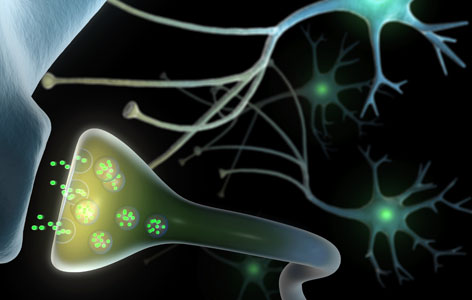
Parkinson disease is a movement disorder that causes rigidity, slowness of movement and uncontrollable shaking. Those with advanced stages of the disease experience debilitating symptoms that can lead to difficulty walking and, in some cases, dementia.
The disease is primarily caused by a drop in the amount of dopamine produced by certain cells (neurons) in the brain. The most common therapy, a drug known as levodopa, helps to reduce symptoms by restoring levels of dopamine. Unfortunately, after prolonged use, levodopa can cause rapid fluctuations in responses and complications such as excessive, uncontrolled movements.
For those that have developed levodopa-related side effects, an emerging therapy known as deep brain stimulation (DBS) has been shown to offer relief. While the therapy involves stimulating certain regions of the brain with implanted electrodes, researchers have not yet determined how it works.
TWRI Senior Scientist Dr. Robert Chen has now provided new insight into DBS. His team found that a certain type of brain plasticity, which is compromised in those who suffer from Parkinson disease and advanced levodopa-related side effects, is restored in those that respond to DBS.
The finding suggests that restoration of brain plasticity (ie, the ability of the brain to reshape neural connections), which is required for learning and memory, may be how deep brain stimulation provides beneficial effects to Parkinson patients. Comments Dr. Chen, "This new understanding of the mechanism by which deep brain stimulation works may pave the way for more specific and targeted therapies."
This work was supported by the Canadian Institutes of Health Research and the Toronto General & Western Hospital Foundation. R Chen holds the Catherine Manson Chair in Movement Disorders. AM Lozano holds a Tier 1 Canada Research Chair in Neuroscience.
Effects of subthalamic nucleus stimulation on motor cortex plasticity in Parkinson disease. Kim SJ, Udupa K, Ni Z, Moro E, Gunraj C, Mazzella F, Lozano AM, Hodaie M, Lang AE, Chen R. Neurology. 2015 Jul 8. [Pubmed abstract]




